Aquatic News!📰 Feb 01st, 2021 "A new species of marine worm has been discovered"🐛
Hello friends from the underwater world!🐬📰
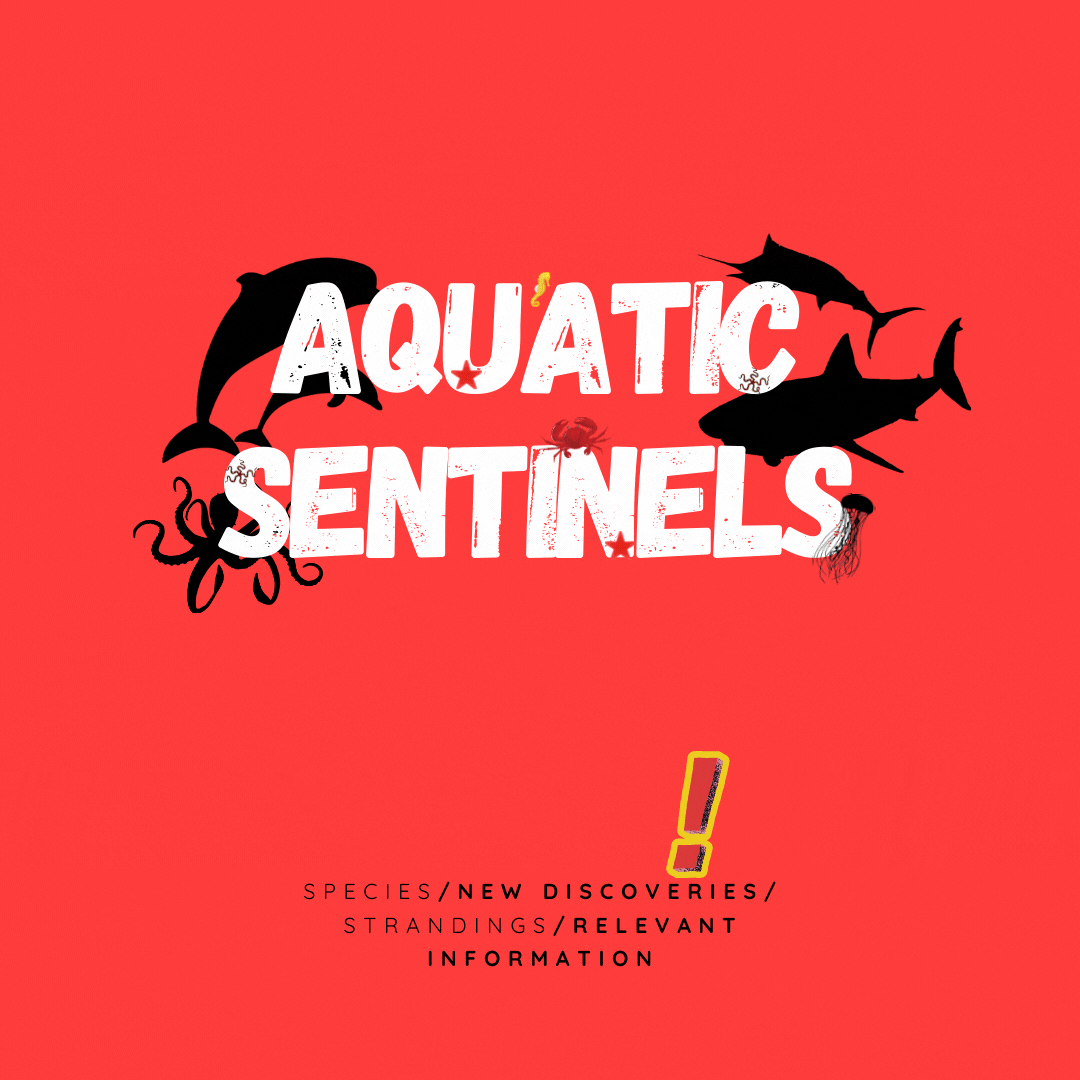
We have a changing and incredible planet, the sea is also in constant change and we have not come to know all the mysteries that the great ocean offers us🦑
Since the founding of #AquaticSentinels until now we have always said that our mission is to share quality scientific information✔️ regarding everything related to the aquatic and marine environment, right?
Well now we will dedicate some posts to inform about the most relevant news about the aquatic environment...

⚠️The following information is taken from: M.T. Aguado et al. Ramisyllis kingghidorahi n. sp., a new branching annelid from Japan. Org Divers Evol, published online January 22, 2022; doi: 10.1007/s13127-021-00538-4. Adapted by @juanbg

"A new species of marine worm has been discovered"🐛
Let's admit it, worms are animals that are not very loved by humans because they seem strange and simply "disgusting" creatures, and in the movies they are always shown to us as "bad" living beings
👉There are also the famous worms that can become parasites for humans😰, and when we are children we live with the terror that one day we may be victims of these small worms.
We know that there is a world very different from "ours" there in the sea, and that many things remain to be discovered, because we share with you one of them: the discovery of a marine worm with ramifications in the body.
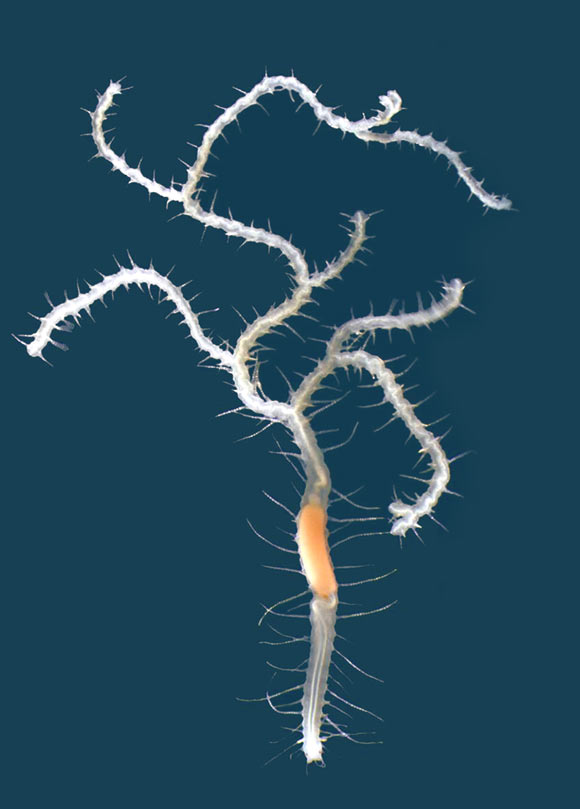
Image by: Dr. M.T. Aguado
📍Japan
Click to see the photo 👉here

"Marine worms with... ramifications?"🐛
There are more than 20,000 species of annelids (ringed or segmented worms), but until now, only two branched species were known, that is, from the body of the invertebrate, other smaller "branches" were derived. These species are: Syllis ramosa and Ramisyllis multicaudata👈
Both have unusual branching bodies with a head and multiple branches and live inside the canals of their host sponges.
"In 1879, the Scottish physician and marine zoologist William Carmichael M'Intosh👨⚕ published the description of a 'remarkable branching worm', which is the species Syllis ramosa, collected during the so-called "Challenger Expedition"🛥, one of the largest natural history expeditions of the 19th century", explained the leader. author Professor at the University of Göttingen M. Teresa Aguado and collaborators.
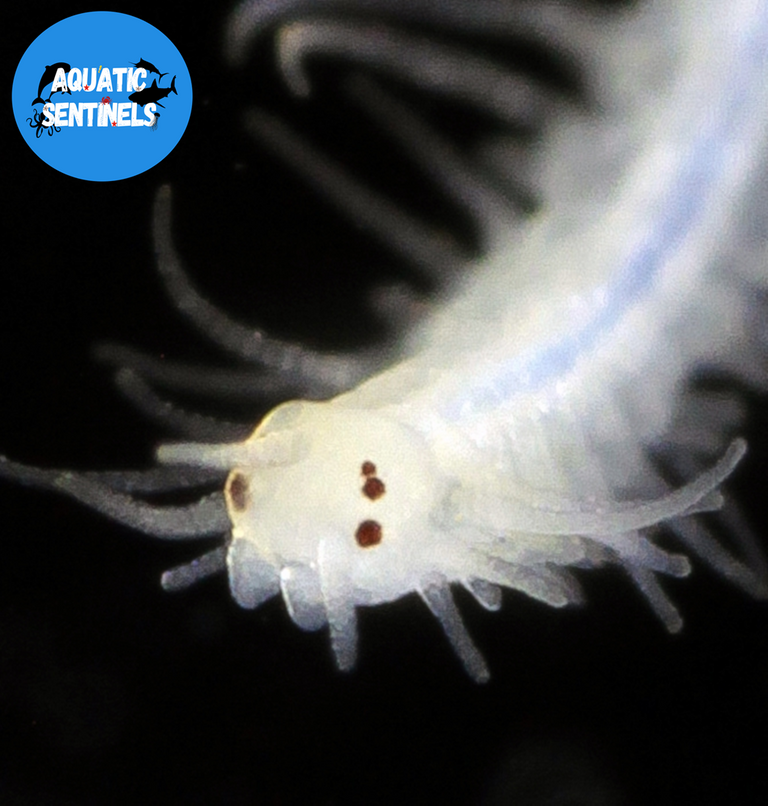
Image by: C. Glasby
📍Museum & Art Gallery Northern Territory, Darwin, Australia.
Click to see the photo 👉here
"The worms were found inside the hexactinellid sponge Crateromorpha meyeri at a depth of 175 m near Cebu, in the Philippines." Specialists commented.
“Regarding its lateral branches, McIntosh said: 'the body of the annelid seems to have a frenzy to sprout laterally, terminally and wherever a broken surface occurs', which represented the first instance of a described annelid species with random branching . asymmetrical body.
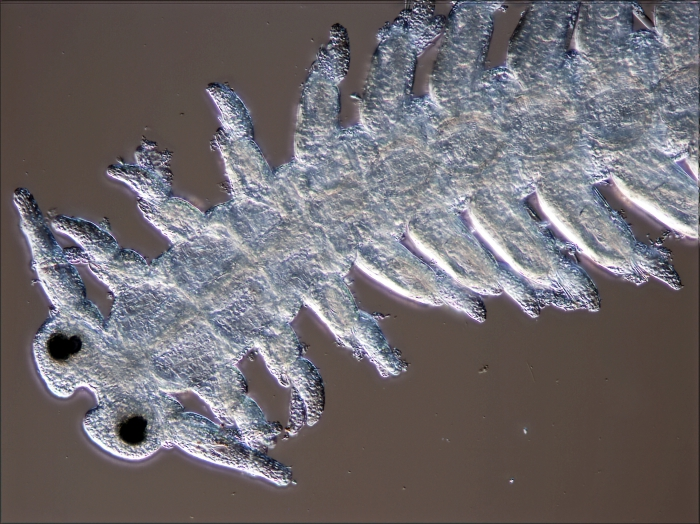
Image by: C. Glasby
📍Museum & Art Gallery Northern Territory, Darwin, Australia.
Click to see the photo 👉here
"The second known branching species, Ramisyllis multicaudata, was described from shallow waters off the coast of Darwin, northern Australia, in 2012." "That study demonstrated notable differences in biology and morphology between this species and Syllis ramosa and analyzed their phylogenetic relationships within the family Syllidae."🐛
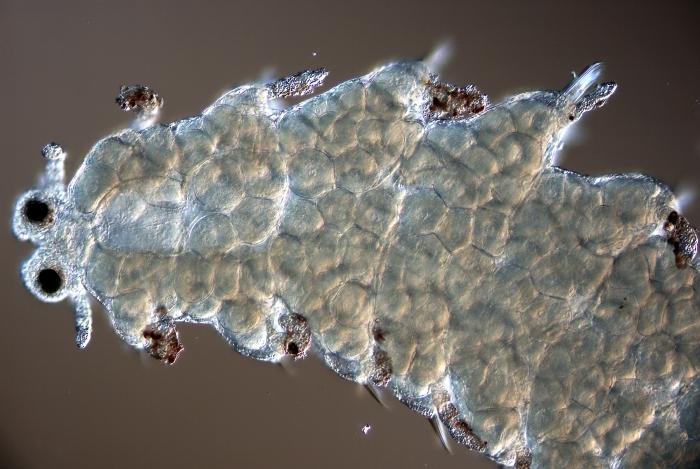
Image by: C. Glasby
📍Museum & Art Gallery Northern Territory, Darwin, Australia.
Click to see the photo 👉here
“Ramisyllis multicaudata shares with Syllis ramosa an asymmetrical body (if we divide the body into two parts we will realize that they are different), and this body ramifies randomly, even its way of living inside the internal canals of the sponges that look like labyrinths is very similar, but differs (although there are reports from Syllis ramosa from the Red Sea and Sagami Bay from 2005 from Imajima to the contrary) in host sponge (Petrosia vs. Crateromorpha), depth (0-20 m vs. 100-1000 m depth) and key morphological and anatomical details”. As you will notice, even small differences can give rise to other species.

"These investigations provide us with more information about living beings"🐛
Interestingly, 👩⚕Professor Aguado and her co-authors also provided a hypothesis about the evolution of branching body patterns - will they function as an adaptation to living within the labyrinthine canal system of their host sponges?
“The ability to produce new posterior segments throughout their lifetime (typical of many worms), coupled with their regenerative abilities and the ability of worms to produce several simultaneous newly formed segments during reproduction, may underlie the evolution of a branched body" they said.
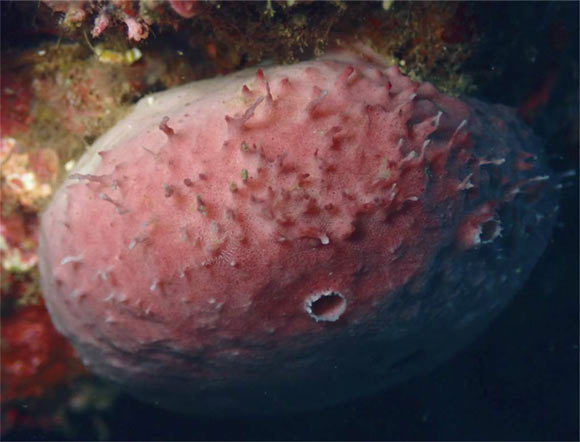
Image by: Toru Miura
Click to see the photo 👉here
Although in reality, the exact relationship of this worm with the sponge in which it lives is still not fully understood. And from there, questions arise such as:
👉Is it a symbiotic relationship where both creatures benefit in some way❓
👉And how do the worms manage to feed and maintain their huge bodies with a single tiny mouth on their single head❓

Did you find what you read interesting❓😅
Does this mollusk seem really strange to you❓ Or not so much❓🐚

This project is dedicated to the preservation of our sea, our rivers and lakes, our lagoons. Let's make it possible! Let's share scientific and quality information for the good of our aquatic world!

🐟🐋Welcome!🐬🐙

DNA - Densifying Nature-Appreciation :

DNA is an organization to foster and DENSIFY NATURE-APPRECIATION which aims to establish REPORTS OF BIODIVERSITY DATA that is contributed by all of us Hiveans and subsequently cataloged.

DNA animation GIF by @Suheri
Therefore DNA searches for HIGH-QUALITY posts that aim to DESCRIBE and determine the BIODIVERSITY AROUND YOU with added EXPLANATIONS and INFORMATION. For these informative posts they offer a CURATION SERVICE using the @dna.org account. It is also a CURATION TRAIL. Just add the #dna TAG if you think that any of your posts is what they are looking for.

Aquatic Sentinels animation GIF by @juanbg
Congratulations @hive-154473! You have completed the following achievement on the Hive blockchain and have been rewarded with new badge(s):
Your next target is to reach 20 posts.
You can view your badges on your board and compare yourself to others in the Ranking
If you no longer want to receive notifications, reply to this comment with the word
STOPTo support your work, I also upvoted your post!
Check out the last post from @hivebuzz:
Support the HiveBuzz project. Vote for our proposal!
These photos of sea creatures are incredible. Thanks for sharing. The worm with the sponge is amazing. These sea creatures look like alien creatures